Disclosure: We may get commissions for purchases made through links in this post.
Expanding joints are generally constructed according to standards and principles in the construction industry. But do you think you need expansion joints in concrete? We have been thinking about that, too. So, to supply information for both our curiosity, we have researched the answer.
Yes, you need to incorporate expansion joints on concrete. The main reason is to prevent the formation of cracks in the concrete. Moreover, it can absorb vibration, keep parts together, and permit motion due to earthquake or ground settlement.
We are always ready to provide you with answers and explanations to help you better understand the things around you that you are curious about. At this moment, we know you want to learn more, so please keep reading until the end. We got you!
![Do I Need Expansion Joints In Concrete? [Incl Slab, Sidewalk, Stamped Concrete, Driveways, & Pavers], Do I Need Expansion Joints In Concrete? [Incl Slab, Sidewalk, Stamped Concrete, Driveways, & Pavers]](https://pavingplatform.com/wp-content/uploads/2022/03/Do-I-Need-Expansion-Joints-In-Concrete-Incl-Slab-Sidewalk-Stamped-Concrete-Driveways-Pavers.png)
Why Do You Need Expansion Joints On Concrete
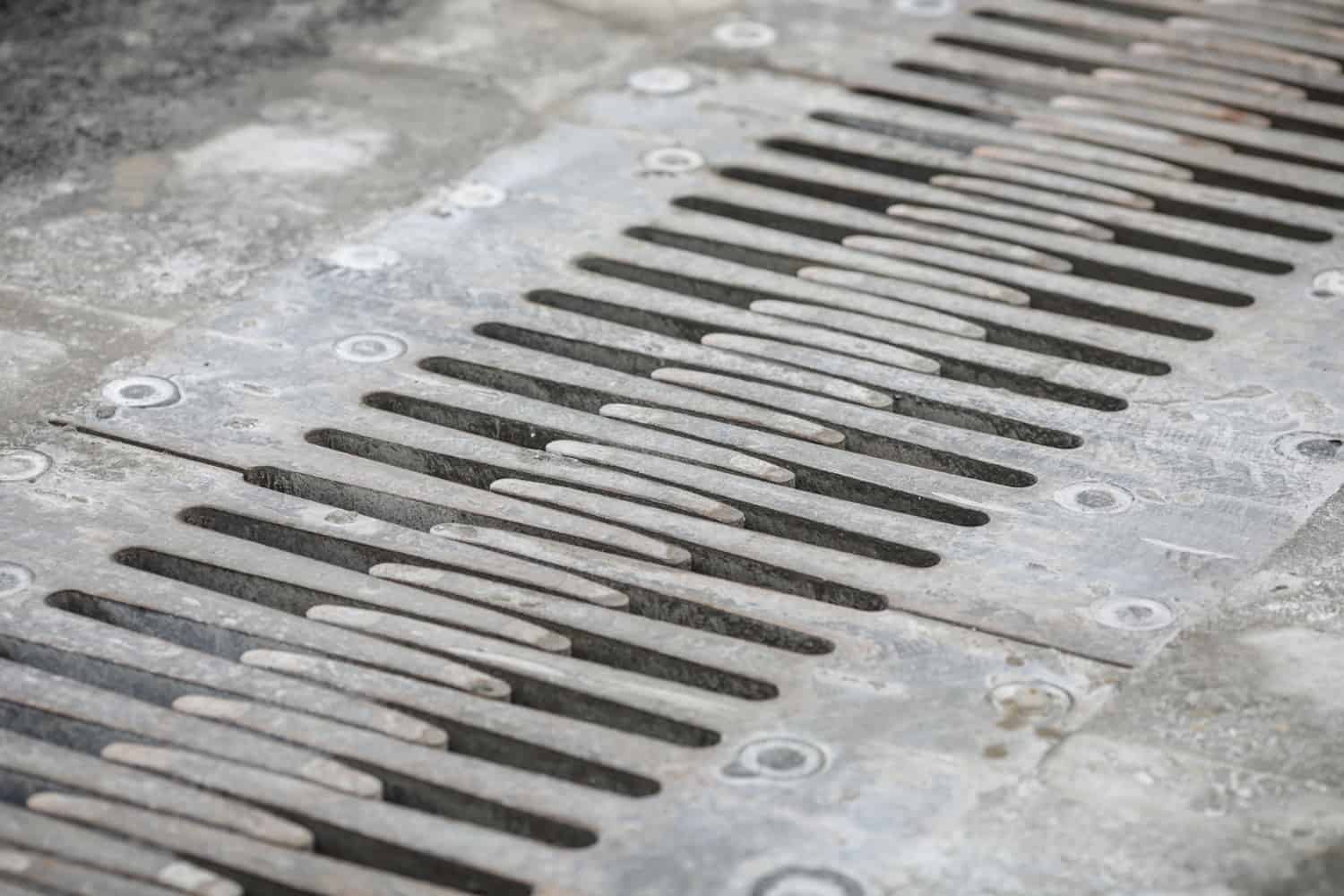
As concrete dries, it will shrink a little. And when it is entirely set, it will shrink or expand, depending on the ambient temperature. That is why engineers require expansion joints to incorporate with the concrete to allow movement and prevent cracks.
Incorporating concrete expansion joints within an area bordered by buildings/walls or objects like utility hole covers and where there has been straight concrete pours is valuable and essential. However, if several construction joints are needed, a structural engineer should specify and design them.
Features and Quality of Expansion Joints
- Expansion joints primarily Permit ground movement due to ground settlement or earthquakes, safely absorb contractions and expansions of some construction materials to hold them still, and absorb vibrations.
- Expansion joints are excellent to incorporate into concrete as it helps endure stresses.
- Allowing thermal expansion and contraction without instigating stress into the elements is also one of the expansion joints' significant features.
- An expansion joint disconnects segments of similar materials.
Expansion Joints On Concrete Slabs
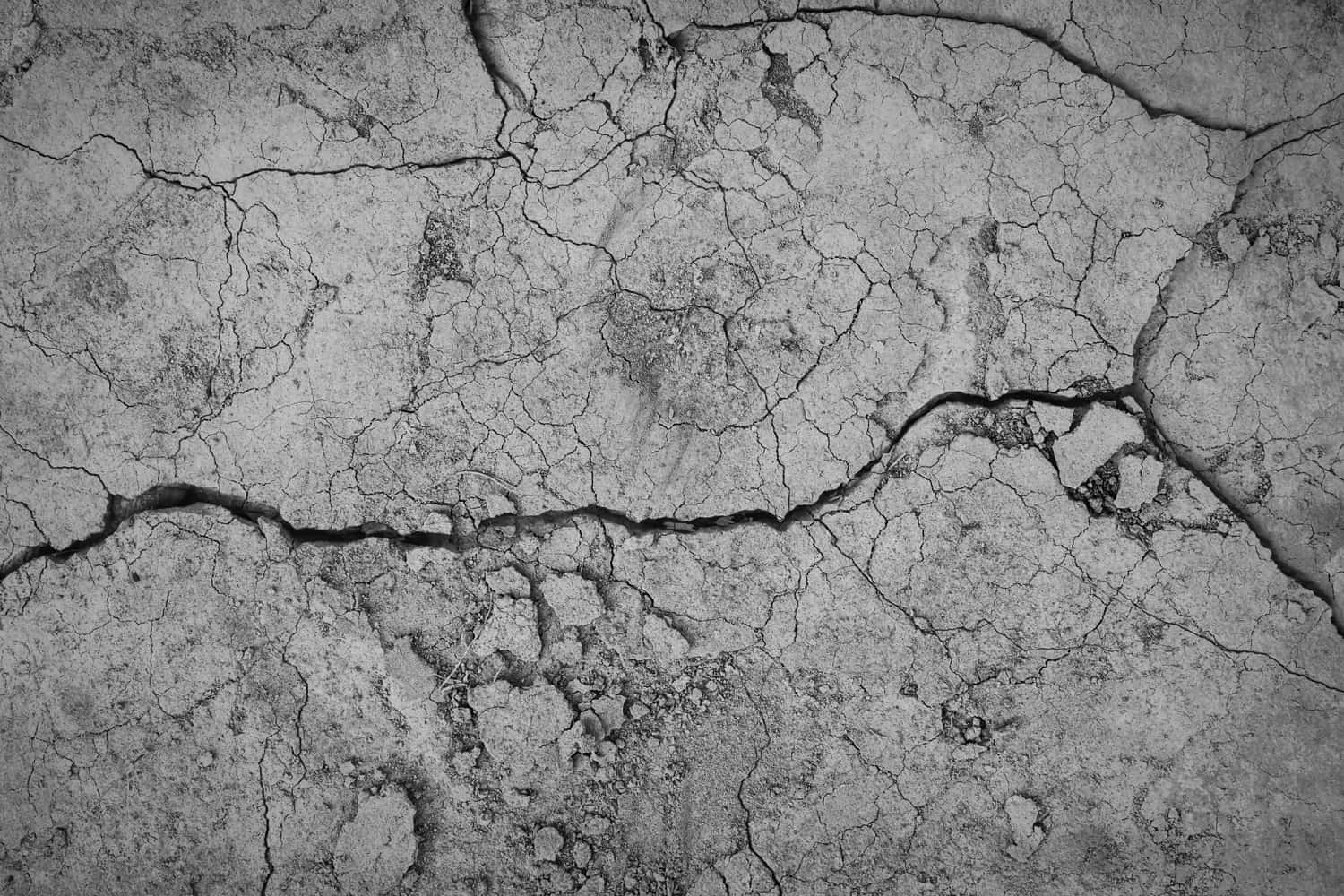
As moisture and temperature change, concrete slabs expand. And if you will not control it immediately, cracks will start to appear. Although incorporating expansion joints on slabs and sidewalks is crucial, these will aid in taking the stresses of both concrete.
Before pouring the concrete, expansion joints need to be placed first. You can typically incorporate these on a slab where it encounters another slab, a building, or a pool deck that meets the coping. To construct expansion joints on slabs, you need flexible materials such as asphalt coated, plastic, or cork. These components should expand the slabs' depth and extend its width fully.
Sealing the expansion joints is preferable. It is advisable to use high-quality urethane caulk to help avoid water from penetrating the joints and freezing. There are urethane caulks or sealants rated to last up to 50 years.
With a bit of proper planning before pouring, using expansion joints will help minimize cracking and prolong the lifespan of your concrete slabs.
Expansion Joints On Sidewalks
According to our construction industry sources, expansion joints are not necessary to install in your sidewalk projects at 50-foot intervals. Elongated spaces of concrete do not demand expansion joints. The proper utilization of expansion joints at brief spacings of 5 feet will permit the appropriate movement of the individual sidewalk slabs. Because of the normal shrinkage of the concrete after arrangement, the slab probably will never expand and become more extensive than it is at the time of placement.
Expansion joints on sidewalks are only essential to split the sidewalk from a fixed or additional concrete structure. The examples include separating the sidewalk from other buildings, lamp posts, footings, hydrants, driveways, and curbs.
Expansion Joints On Stamped Concrete
Most customers don't want to see two things on their stamped concrete: the cracks and expansion joints. Unfortunately, whether you like it or not, you will have one or the other, and possibly both, if you do not pour your slabs accurately.
Expansion Joints On Driveways
Many customers know that expansion joints are isolation joints. It is a space between connecting divisions of concrete driveways to help avoid cracking. You can also put expansion joints between your driveway and neighboring concrete slabs, like the foundation of your garage or house.
The expansion joint's purpose on driveways is to permit each concrete division to move freely and independently from the others. However, the only driveways that need expansion joints are poured concrete driveways.
Depending on its length, you have to install a certain number of expansion joints on your driveway. Typically, you only need two joints when you have a shorter driveway, like new housing developments. You should place one joint between the garage slab and the driveway. The other joint should be between the sidewalk and the driveway. You need to put a driveway expansion joint every 30 to 60 feet on a long drive.
Follow the driveway expansion joint standards, from 1/2" to 3/4" wide. The typical joint filler materials are asphalt fiberboard, plastic or cork composition planks, and rubber. Any of these fillers must be remarkably tough and shouldn't become brittle when cold and soft in hot weather. After being positioned in the expansion openings, these materials are referred to as the joints.
Expansion Joints On Pavers
Thermal and long-term moisture expansion of clay pavers can be taken up by the gaps between pavers in flexible pavement. In a rigid paver, it doesn't exist; thus, expansion joints are required.
Combination factors like weather conditions, installation methods, and environmental interaction affect the performance of concrete pavers. And incorporating expansion joints is the answer to at least minimize the effects of those factors. These joints purposely allow movement flexibility within the pavers and base slab.
Common Concrete Expansion Joint Materials
When you think about installing expansion joints on your concrete, you must know that there are suitable materials for each concrete or building environment.
To give you ideas about concrete expansion joint materials, we will provide you with the most common ones and where they are best to use:
1. Asphalt Expansion Joints
Asphalt expansion joints are the most common materials in concrete flatwork. It rarely requires an additional sealer since it is a self-sealing joint material, and it firmly holds up to harsh cleaning products and petroleum leaks. It is non-absorbing and covers well against water infiltration. As you can see, asphalt expansion joints are often available for outdoor and high-humidity environments.
2. Ceramar® Expansion Joints
Manufacturers create this using flexible foams. It is made of tightly enclosed cellular forms combined with isomeric polymers. You can recognize Ceramar® for its unique light gray color. Additionally, it is easy to install, has an exceptionally high memory rate, and is incredibly flexible. Lastly, it is famous across the board since it responds well with most commercial adhesives and caulking.
Check this Sikaflex Sealant on Amazon.
3. Fiber Expansion Joints
Fiber expansion joints are made of cellular fibers chemically attached by liquid asphalt cooled into a semi-solid state. In other words, it is the developed form of regular asphalt fillers. This material is adaptable and flexible, with superior memory properties to withstand continuous contraction and expansion. Fiber expansion joints perform satisfactorily in both outdoor and indoor installations.
4. Sponge Rubber Expansion Joints
If you are in a place where temperatures rapidly change, this expansion joint material will suit your area the best. This product is tremendously elastic and has cold and high heat resistance, ideal for cold storage warehouses and foundries factories.
5. Cork Expansion Joints
Cork expansion joints are organic since it is from cork trees. Manufacturers make this by combining granulated cork with phenolic resin to create joint material that's exceptionally pliable and long-lasting. Self-expanding cork performs well with rapidly tightening slabs.
6. Plastic Expansion Joints
These plastic expansion joint materials are perfect for environments that are stable in temperature. However, they don't lend well to flexing. Plastic is aesthetically appealing, causing them popular in showrooms and assembly plants where cleanliness is essential.
Long Term Benefits of Concrete Expansion Joints
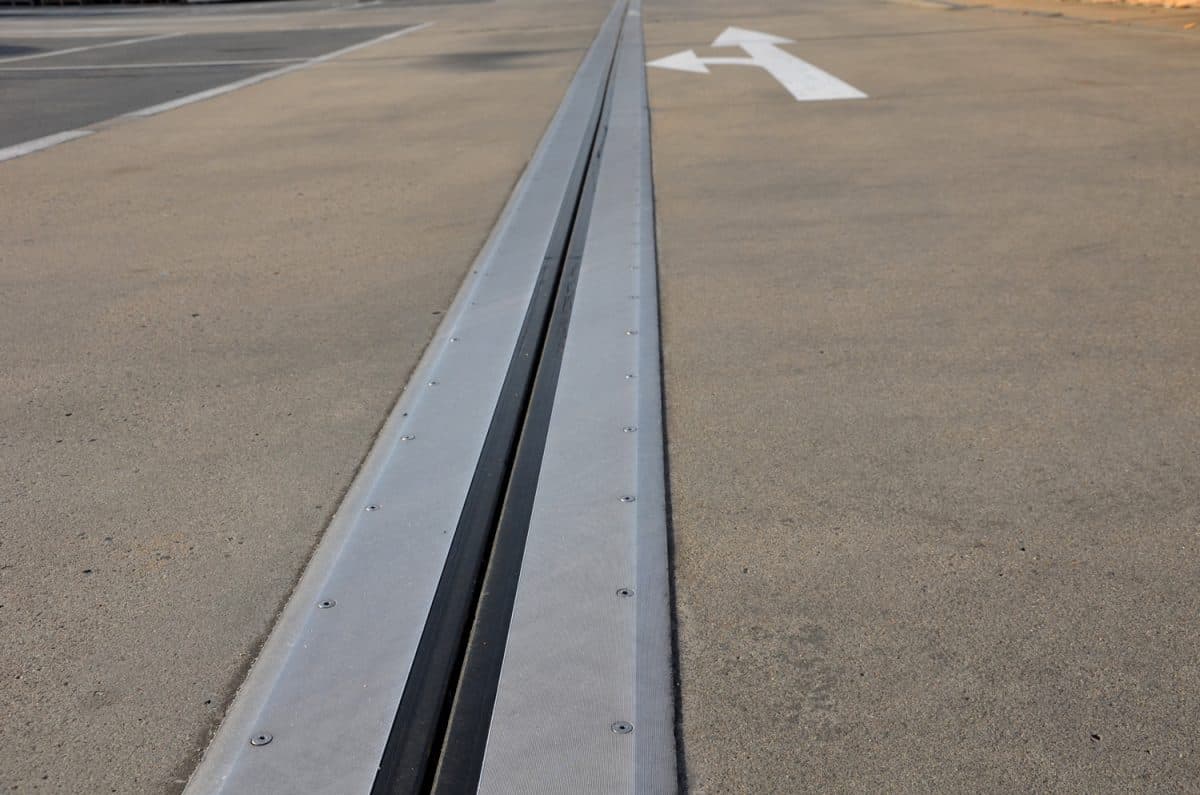
- Economic return
- Peak performance
- Superior safety
- Low maintenance
- Excellent hygiene
What It Is All About
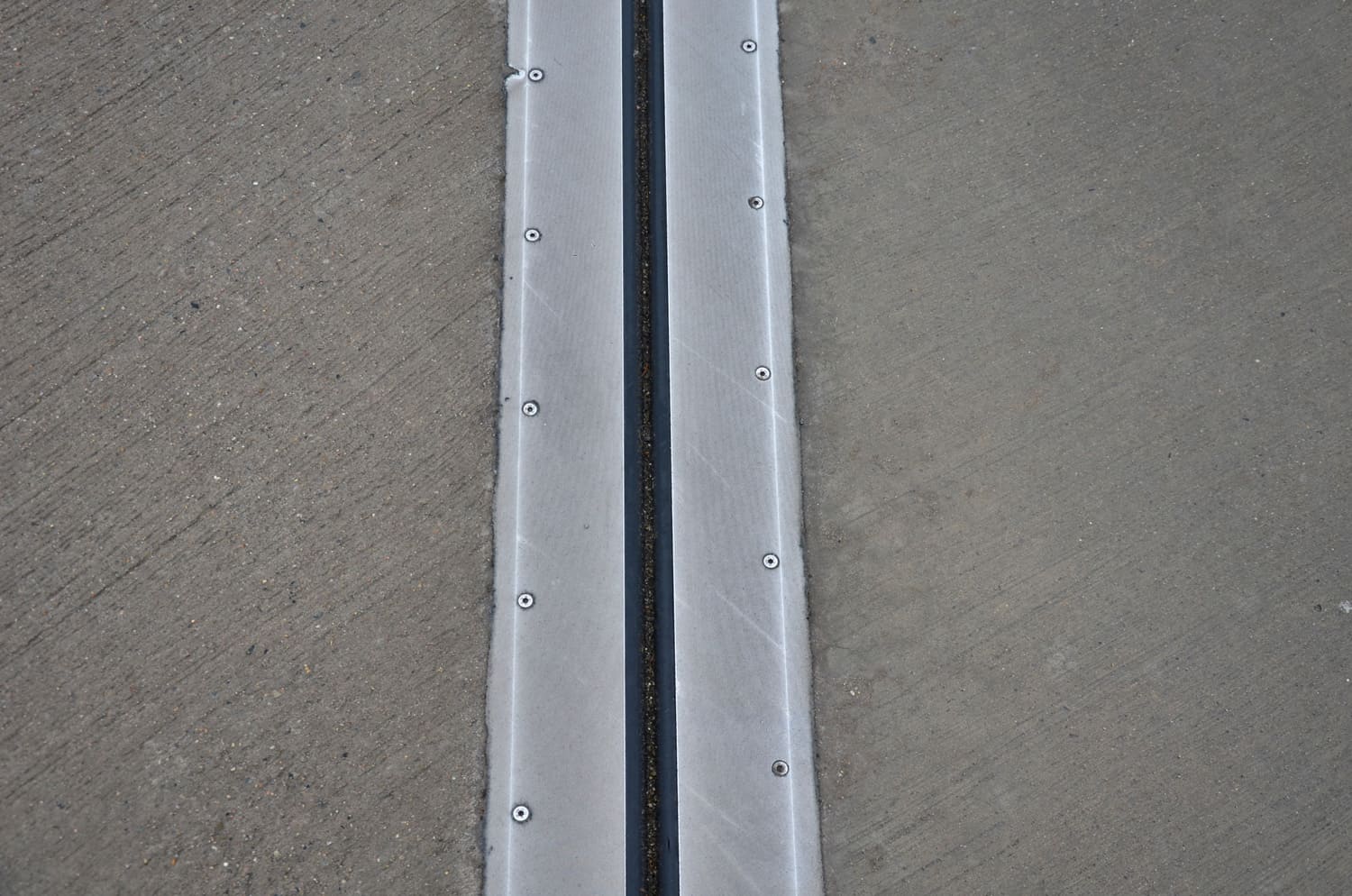
Expansion joints are often used in pavers, bridges, in between sections of buildings, railway tracks, sidewalks, driveways, stamped concrete, slabs, and still many to mention, which means they are excellent construction materials. They are the best to reduce cracks, leakage, and construction failure.
We hope that we have answered your questions accurately. Until next time!
If you're looking for other concrete-related posts for your future projects, you can read these articles.


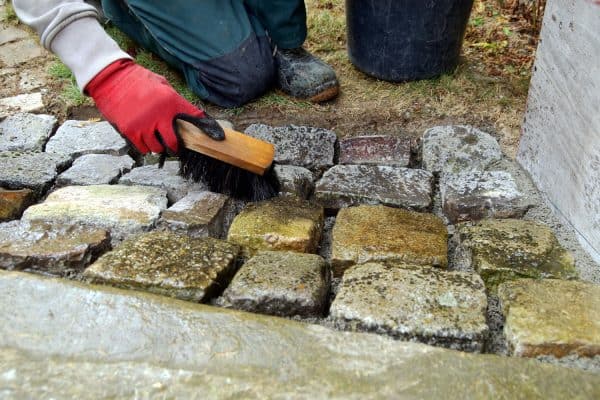
![Blue stone pavers on the garden patio, How To Clean Bluestone Pavers [Care & Maintenance Tips]](https://pavingplatform.com/wp-content/uploads/2022/03/Blue-stone-pavers-on-the-garden-patio-600x400.jpg)
![washing services - block paving cleaning with high pressure washer - Can You Pressure Wash Travertine Pavers? [Best Cleaning Methods]](https://pavingplatform.com/wp-content/uploads/2022/03/washing-services-block-paving-cleaning-with-high-pressure-washer-600x400.jpg)